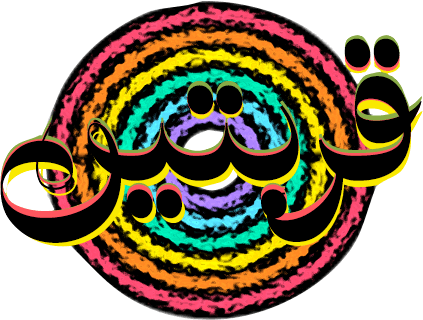
Qurbatein
A Gender and Sexuality Bi-annual
Issue 05
Digital Desires
In the interplay between screens and bodies, technology creates affective loops. Mobile phones, for instance, serve not just as devices but as intimate companions—repositories of emotional attachment, mourning, and community-making. Equally, technology makes queerness into a verb as it redraws boundaries of space, bodies, and politics. In the fifth issue of Qurbatein, we ask: Can technology be queer? How does technology queer desire? Does technology alter what we understand as queerness?
Issue 04
Cinematic Fantasies
In the fourth edition of Qurbatein, we delve into the intricate relationship between popular culture, fantasy and desire that emerges in the kaleidoscopic background of the subcontinent. Is cinema in the subcontinent a product of desire, or does it produce desire? The issue is also interested in the ideological underpinnings of cinema, and how it finds its footing within the political framework of South Asia.
Issue 03
(Un)desirable Histories
Qurbatein’s third issue is a call to explore the political, sexual, social, religious and cultural histories of desire that have spanned the Indic subcontinent for centuries. While some desires have been allowed to flourish, some have vanished, while others have been criminalised. Even more, we look to history for radically different purposes – to allow or disallow desires in the present.
Issue 02
Kings and Queens
Qurbatein’s second issue is inspired by the rich history of role-playing, from Vatsyayana’s Kamasutra to Ru Paul’s Drag Race. The theme of the issue is the intersection of royalty and sexuality, exploring the connection between high and low, normative and marginalized. The issue aims to examine the performance of non-normative sexuality and the role of the body in it, as well as the impact of class on the politics of sexuality.
Issue 01
Sex and the City
Qurbatein’s first issue explores the relationship between cities and sexuality, delving into the intersections of geography and desire. The issue raises questions about who inhabits cities and who the cities desire, as well as the impact of normative geographies on sex and sexuality. It also examines why cities are often considered spaces of sexual liberation and whose stories shape the sexual and urban landscapes of cities.

